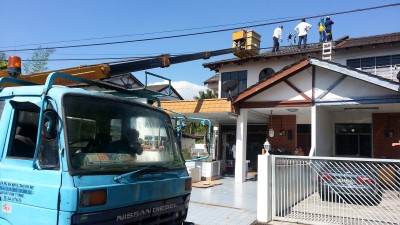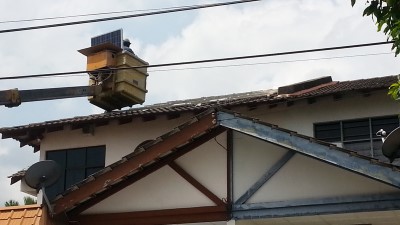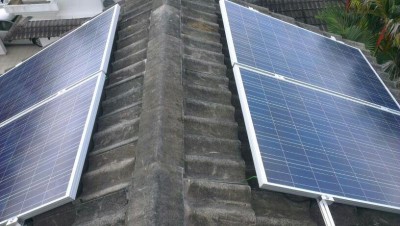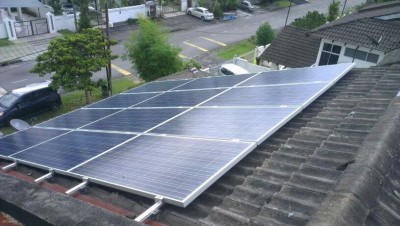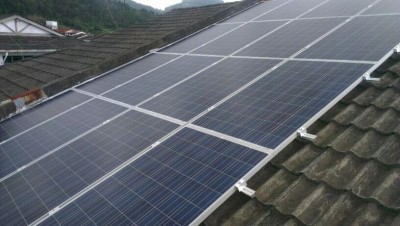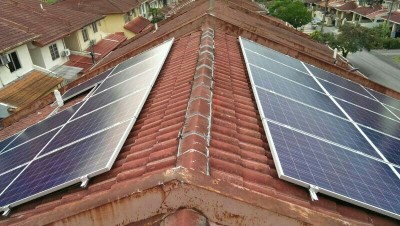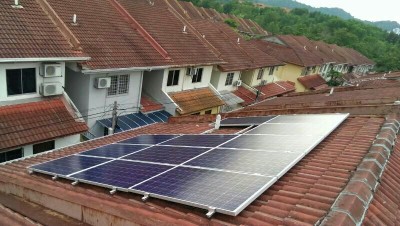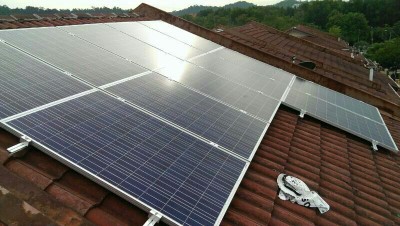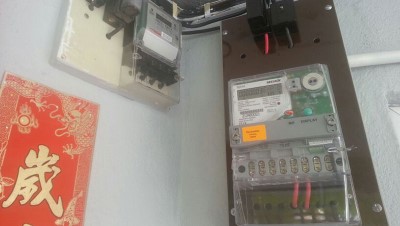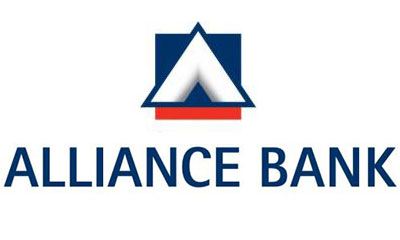-
A Government Project For Everyone
Supported and administered by SEDA (Sustainable Energy Development Authority of Malaysia), you can now profit from a secure investment in renewable energy by selling the power to TNB (Tenaga National Berhad).

-

Make Money From The Sun
SEDA Feed-in Tariff (FiT) system gives everyone the chance to produce your own renewable energy, make profit and help to conserve the environment. Customized solution is available for everyone depends on the installation capacity (how big is your roof) and cost (how much investment you want to put in).
-
Minimum Maintenance
Solar photovoltaic (PV) needs little maintenance. You only need to keep the panels relatively clean and make sure no trees overshadow them. Most panels on roof are tilted at 15° or more allows the panels being cleaned by rainfall to ensure optimal performance.

-

Cleaner & Greener
Cut your carbon footprint: solar electricity is green, renewables energy and doesn't release any harmful carbon dioxide] or other pollutants. A typical home Solar PV System could save over a tonne of carbon dioxide per year - that's more than 30 tonnes over its lifetime.
The future trend and the risk of this investment in term of technology's involved with Solar PV System.

Feature 1
Photovoltaic technology was discovered by a French physicist named Edmund Becquerel in 1839. After 174 years, the highest solar cell efficiency achieved by human being at the moment is around 35%, used for satellite technology. Average solar panel efficiency available in consumer market is around 15%. Solar Photovoltaic technology has matured and its reliability is very high.
Feature 2
Feed-in Tariff policy has interesting history too. It all started in 1970s when oil crisis emerged and United States President Jimmy Carter decided to form government body to research and find out the best way to stimulate renewable energy installation across America, so that they will never be vulnerable to oil & gas. Many policies were introduced but in 1990, Germany modified and invented Feed-in Tariff. It was introduced across nation and it was very successful.
Feature 3
Once you understand the history of solar photovoltaic, its reliability, the history of Feed-in Tariff and its successful introduction in German market, later adopted by almost every country in the world, this investment is a no-brainer if you have the capital, especially in such an early stage, where you can enjoy the benefits of early adopter.



